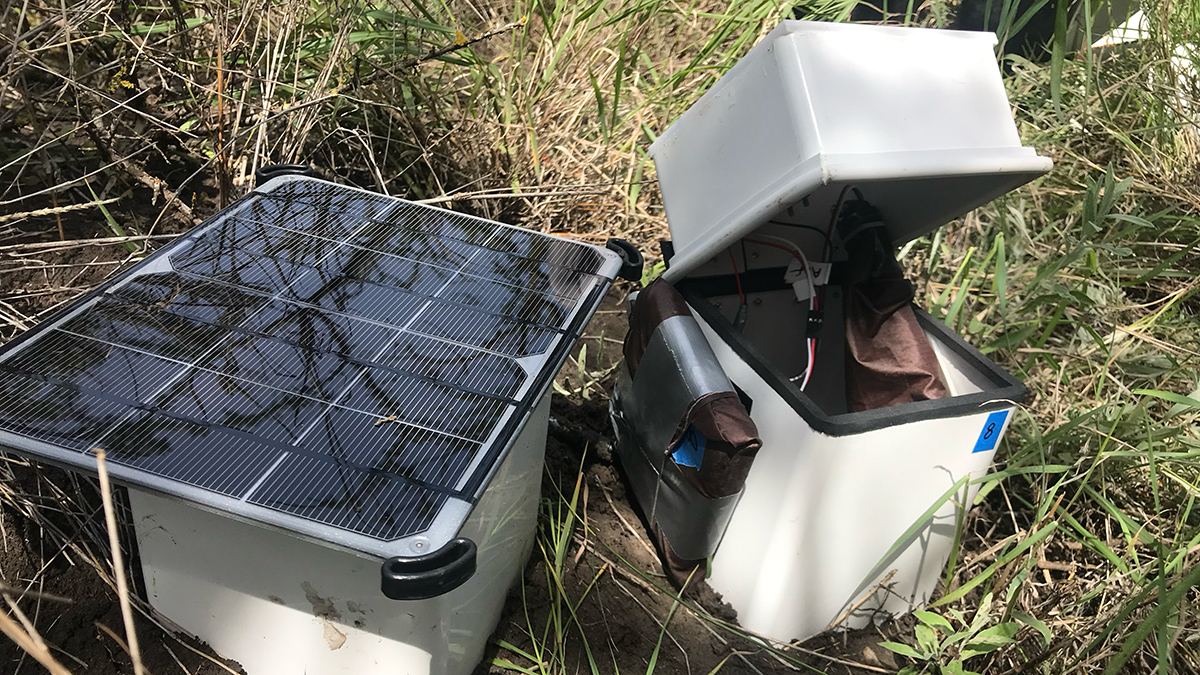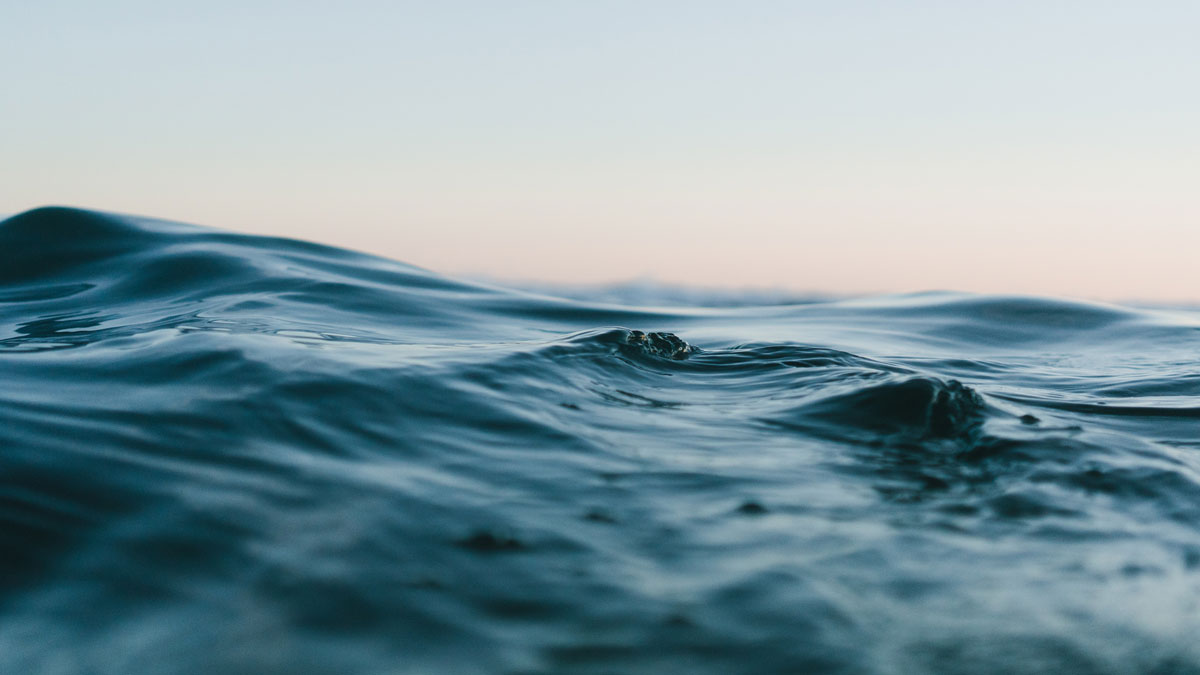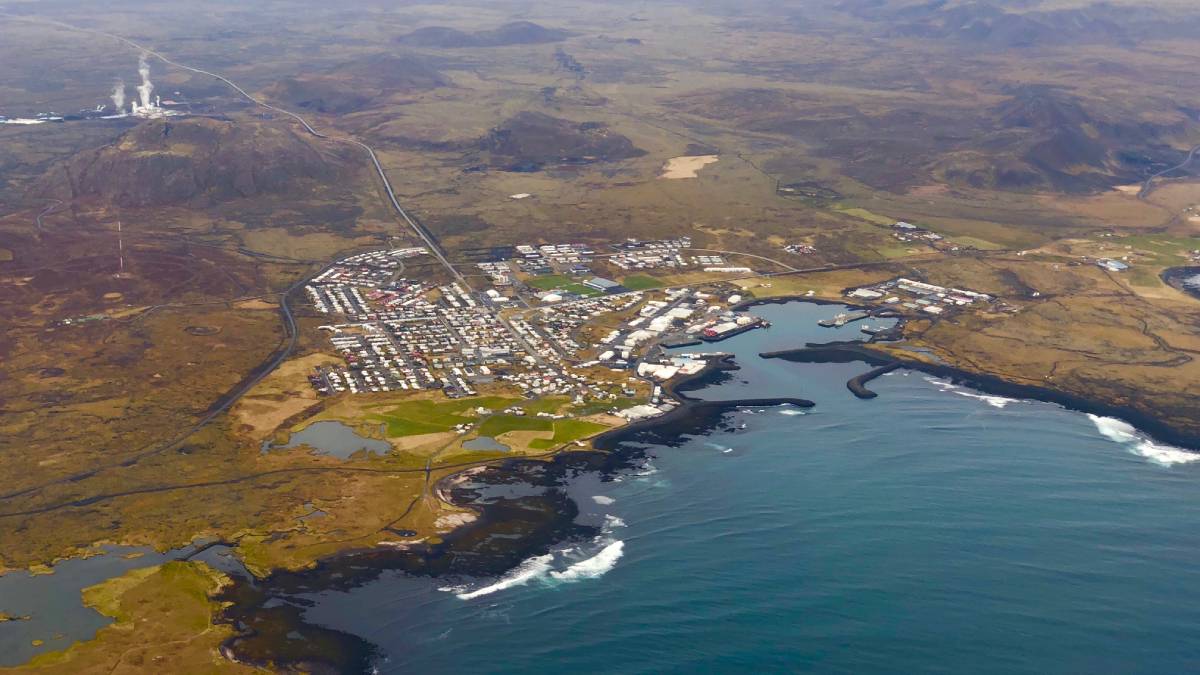Geochemical signatures in sediment, which includes organic molecules from human and animal poop, help scientists track the rise and fall of the Tibetan Empire.
News
A Philippine Island Detective Story
Researchers snorkeled, drilled, profiled, mapped, and interviewed to unlock clues to how an island was born.
Sinking Cities and Rising Waters
Climate-driven sea level rise combines with land subsidence in some of Africa’s fastest-growing cities.
Microbe Goo Could Help Guide the Search for Life on Mars
Sticky substances secreted by microbes may help create landforms on Earth. And new research shows that these substances are more preserved in iron-rich sediment. Mars is decidedly iron-rich (it’s the Red Planet, after all), so the new study adds to evidence that microbe goo could help researchers explain landform creation there. “I think this is […]
Affordable Robots Measure Soil Respiration
Measuring soil carbon flux, also known as soil respiration, can be expensive or time-consuming. A set of affordable robots that gather these data autonomously could especially benefit the Global South.
La Luna es incluso más antigua de lo que los científicos pensaban
¿Cómo se formó la Luna y cuántos años tiene? La datación más precisa hasta el momento del satélite más grande de la Tierra determinó que es mucho más antigua de lo que se pensaba previamente.
These Four Exoplanets Have Wild, Rocky Weather
On many exoplanets, conditions are so exotic that minerals form clouds and fall as rain. Recent studies revealed the rocky weather on these four exoplanets in more detail than ever before.
An Electrifying Approach to Carbon Capture
A new sodium-ion “battery” promises an environmentally friendly method of sequestering carbon in the ocean, but experts remain cautious.
Eruption Now Unlikely Near Icelandic Town
Scientists and local authorities had been tracking the eruption’s precursors for weeks and evacuated residents. Then the magma stalled.
Local Fishers Help Uncover Coral Clinging to Underwater Cliffs
Their knowledge led to more accurate seafloor maps and a hidden trove of biodiversity in the Labrador Sea.










